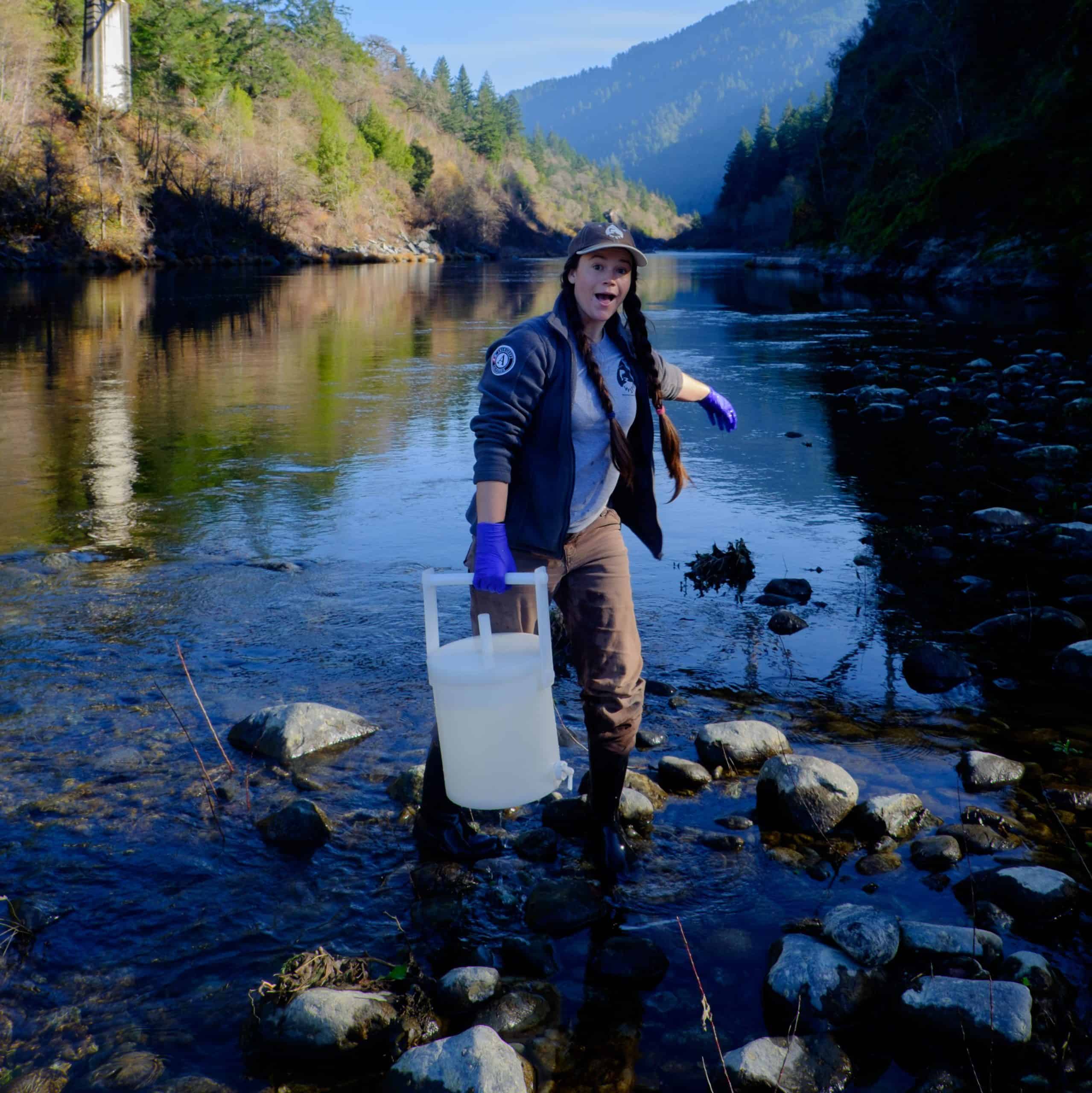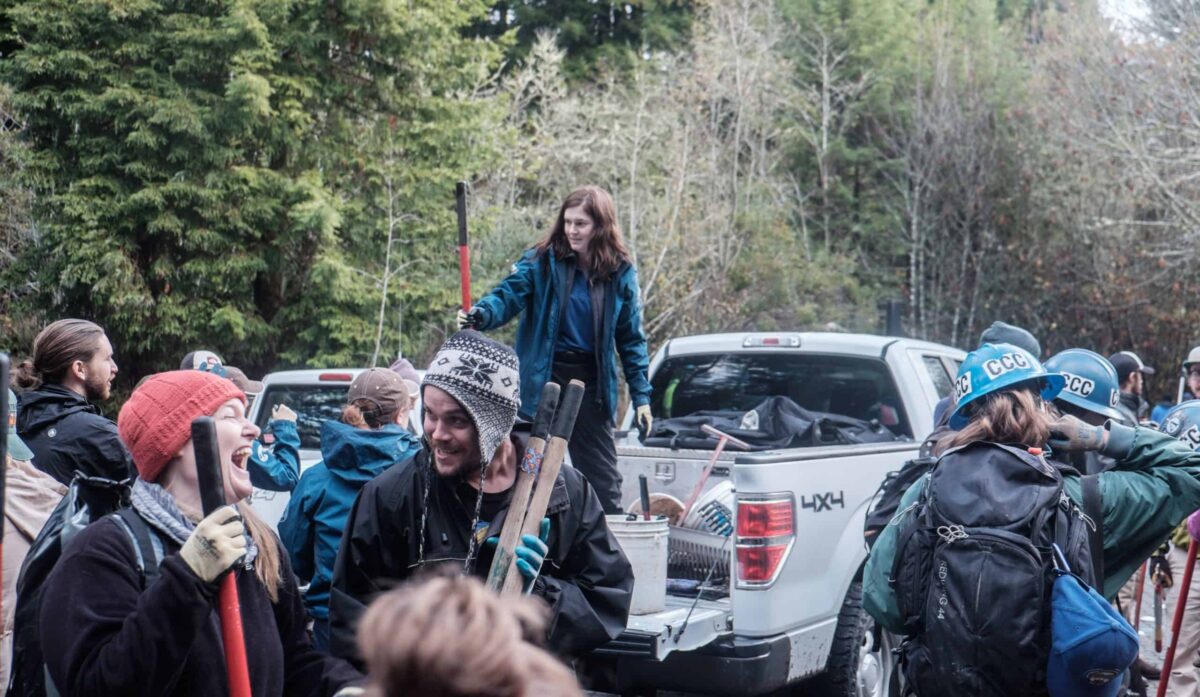The civic, career, and social benefits of service programs like AmeriCorps have much to offer for Centennial State youth — granting opportunities to travel, build skills, and experiment with prospective new life paths.
Created in 1993 under the Clinton Administration, AmeriCorps encompasses several different branches, including AmeriCorps VISTA, founded back in the 1960s originally, as well as AmeriCorps State and National, AmeriCorps NCCC, and its associated program AmeriCorps NCCC FEMA Corps. The latter works directly with the Federal Emergency Management Agency (FEMA) to employ members to assist with disaster preparation, response, and coordination.
After the recent rebranding of Senior Corps into AmeriCorps Seniors for individuals over the age of 55, AmeriCorps now encompasses more than 200,000 active members and volunteers (about 80,000 of whom serve annually in programs aimed at young adults), and an alumni network of more than a million people who’ve served.
Colorado offers a suite of AmeriCorps programs for young Coloradans. You can also explore and apply for service opportunities on the platform Service Year.
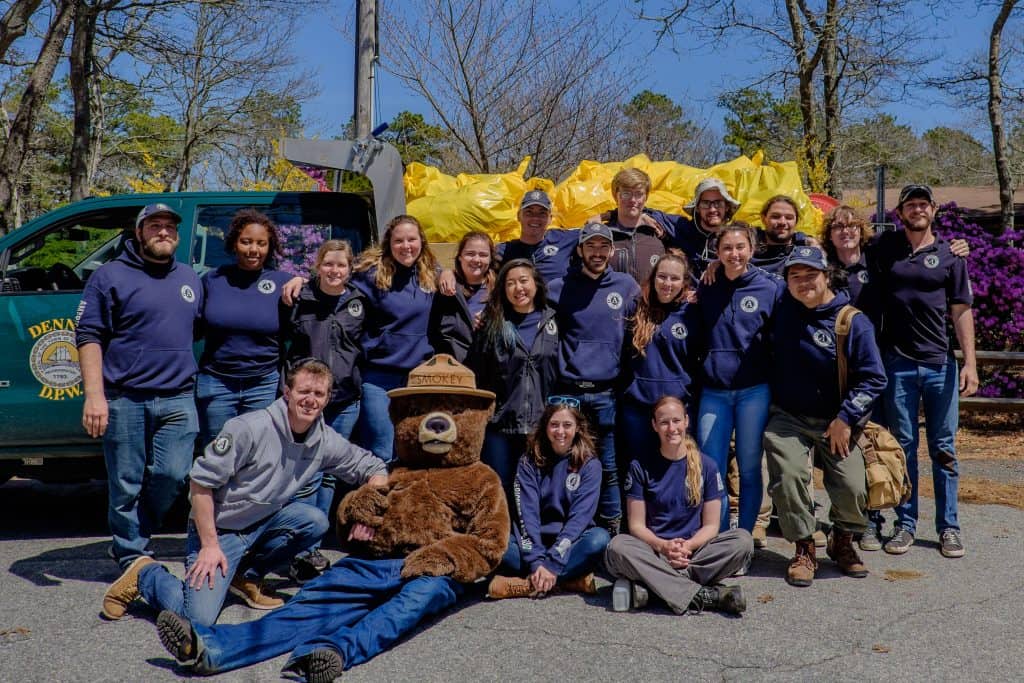
Making the case for national and community service
“Service builds a sense of shared purpose, instills a sense of individual commitment, develops responsibility, and exposes one to folks unlike oneself,” writes Steve Cohen in a column penned back in 2021 for The Hill and other national outlets making the case for mandatory national service in the COVID era.
These are all sentiments I agree with as a proud AmeriCorps alum of several conservation and disaster-focused programs — the benefits of national service are expansive, and can be profound for all involved.
But while I agree with many of the points articulated in Cohen’s piece, including the need to foster the civic and community spirit of America, I disagree with his premise that national service should be made mandatory, as a critical aspect of the service experience is making the decision to serve.
Robbing America’s youth of that choice would bolster the total number enrolled in service (and probably those attempting to flee the country), but it removes the agency that makes signing up meaningful in the first place.
Instead, I would propose raising living stipends (money members receive from their respective programs during service) to allow AmeriCorps members and others engaged in similar service programs a reasonable quality of life, wherever they choose to serve.
In late 2020, AmeriCorps stipends for full-time members typically ranged between $12,500 and $17,000 per year,
Elevating a member’s monthly compensation would likely entice more interest from young people to put their other career or educational plans on temporary pause to engage in national service.
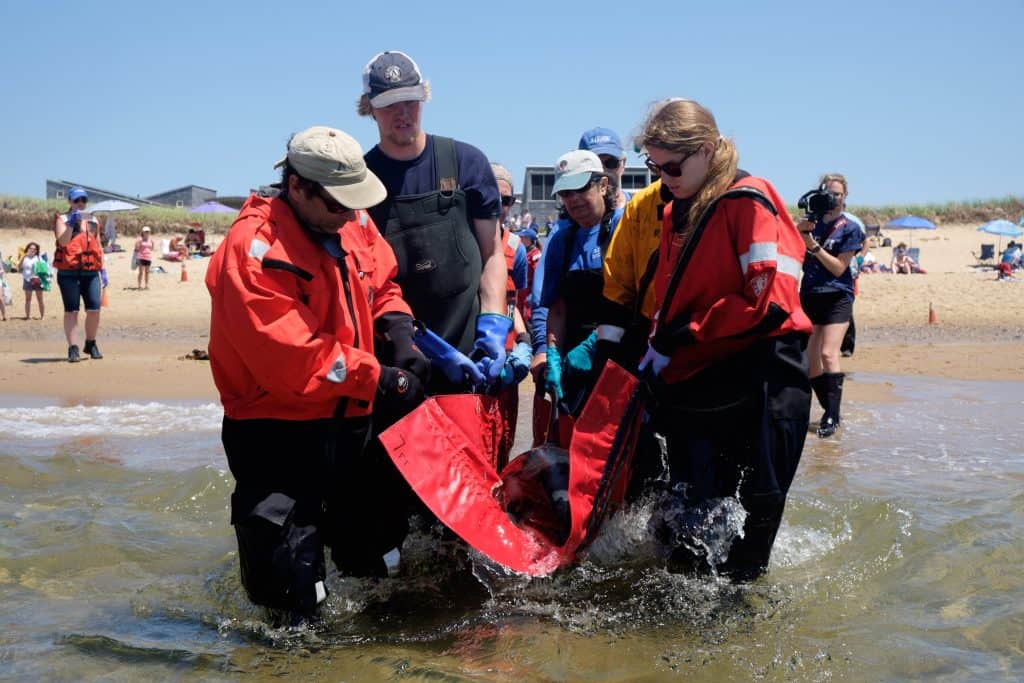
Expanding the scope and diversity of service programs
Dedicating a chunk of your life to serving is a valiant choice, and one that showcases a dedicated interest in the welfare of fellow Americans — and involves some personal sacrifice.
AmeriCorps infamously doesn’t lavish compensation on its members, although many programs do provide housing for free, or at significantly reduced cost. Other benefits are available for members, including access to SNAP benefits and healthcare, which varies by program and state.
Living simply in often shared housing with your friends and colleagues is a part of the quintessential AmeriCorps experience for many, but it’s important to note that inadequate stipends where free or cheap communal housing isn’t available can also exclude those raised with lesser means from participating in national service, which often leads to less diversity within the AmeriCorps ranks.
Recently, AmeriCorps living stipends have been raised with funds from the American Rescue Plan, totaling $1 billion, borne out of the Covid-19 pandemic.
That’s a welcome development, but one that should be taken even further, particularly for programs situated in areas with high cost of living, like the City Year program which places AmeriCorps members in urban area schools — including Denver — to work with students as success advisors.
Average rent for a one bedroom in Denver is more than $1700, bound to eat up a large share of any stipend, even if you split housing. It’s no shock then that many of the members who partake in City Year come from far more privileged backgrounds than students in the schools they mentor and work with.
There’s certainly benefits to exposing people to others of divergent backgrounds and life experiences, but the disparity between AmeriCorps members — roughly two thirds of whom come from households where both parents have college degrees (about 38 percent of the American public over 25 has a college degree), and Denver’s public-school youth, with 67.5 percent qualifying for free or reduced lunch — is quite stark.
We need to make peacetime service more accessible for America’s youth, opening up additional service positions, boosting pay, and spreading the good word about AmeriCorps.
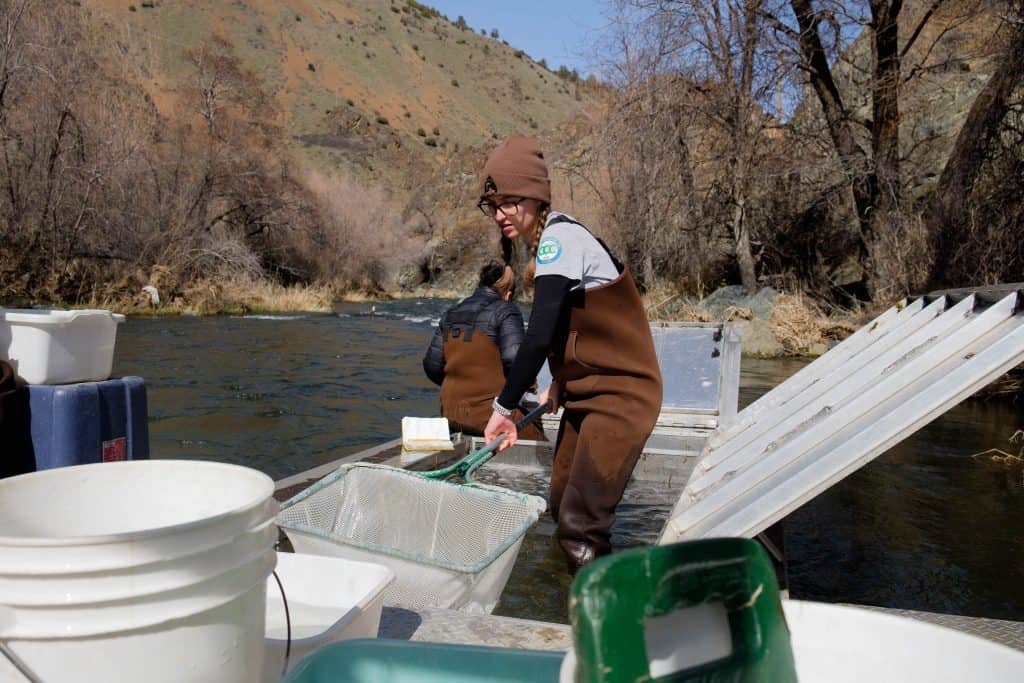
The diverse benefits of national service
What AmeriCorps does offer is a wealth of benefits for members, including free training, a new network of individuals with similar interests to draw on both personally and professionally, and valuable experience to jumpstart a career in the nonprofit, academic, government, or private sectors.
And then there’s the education award, which members who have successfully completed service receive for use in paying off student loans, furthering their education, or pursuing experiential coursework and certifications through organizations like NOLS, which offers wilderness medical training and a suite of outdoor-based leadership courses.
Members who complete a 1700-hour term, typically about 11 months of full-time service, receive $6,200, and can receive up to two full awards for completing multiple terms.
With those education awards, AmeriCorps alumni are significantly more likely than the general populace to go on to attain bachelor’s degrees and pursue further education in graduate school.
And the communities served share in the benefits provided by AmeriCorps.
During my time with AmeriCorps Cape Cod, AmeriCorps members played a critical role in opening and running emergency shelters after a massive nor’easter (an east coast term for a harsh winter storm) storm knocked out power to much of the cape, leaving many vulnerable individuals on the cape at risk of freezing.
AmeriCorps programs often prove their worth the most in times of disaster: Chainsawing hazard trees, mucking and gutting homes after flooding, slinging sandbags, clearing debris, and establishing volunteer reception centers to coordinate relief efforts.
AmeriCorps Cape Cod estimates that since its creation in 1999, members serving more than 950,000 hours have created more than $31 million in value for the towns of Cape Cod through education, conservation work, and disaster services — and that’s likely a significant underestimate of the program’s true value when you factor in the indirect volunteering and partnerships the program makes possible.
Without the hard work of conservation corps programs like Southwest Conservation Corps, Mile High Youth Corps, Western Colorado Conservation Corps, and other service and volunteer groups, trail maintenance would be hopelessly backlogged in many of our local, state, and national parks and forests.
AmeriCorps members also play critical roles in building capacity, fundraising, and communications with the AmeriCorps VISTA program, which places volunteers with nonprofits and local government organizations across the U.S.
Here in Western’s backyard, Healthy Futures AmeriCorps, a program of the Mountain Roots Food Project, “places service members across rural Colorado to support programs working for an equitable and healthy future for all.”
The program’s members provide education about nutrition, cooking, and the environment, develop and maintain community gardens, and strive to make healthy food accessible to all within the communities they serve.
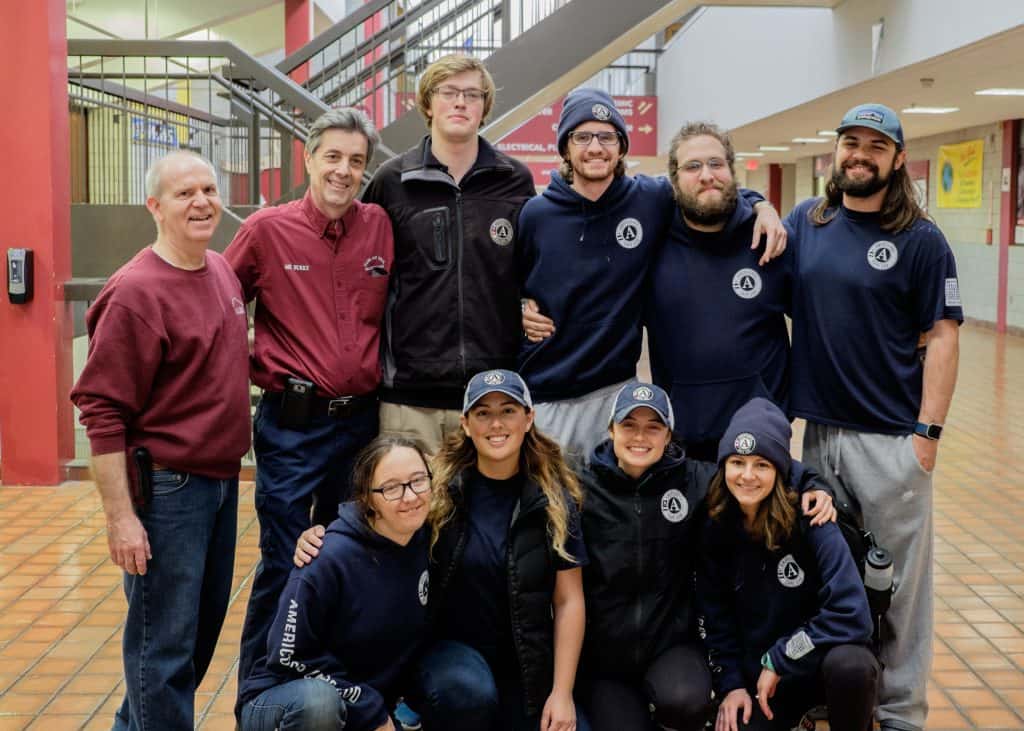
Boosting volunteerism in a post-pandemic world
Central to the argument raised in recent years that national service should be compulsory is that it represents a prospective bridge to fight political and cultural polarization, unite communities around shared experiences and goals, and boost involvement in civic life, including volunteerism.
For the past two decades, AmeriCorps has partnered with the Census Bureau to study American’s behavior and opinions around volunteering.
Between 2019 and 2021, their research found that the formal volunteering rate (volunteering with official organizations) fell from 30 percent in 2019 to 23 percent in 2021, the largest change since data collection began in 2002.
This harrowing drop represents a real threat to America’s future. Between September 2020 and 2021, Americans volunteered more than 4.1 billion hours of their time, valued at approximately $123 billion.
Many key functions in our communities would decline or lapse entirely without volunteering, including programs related to food security (food banks and pantries), educational services (libraries, tutoring and mentorship programs), and natural resources management (land stewardship and monitoring on both private and public landscapes).
There’s little doubt that immediate and real health and economic concerns, as well as massive disruptions to daily life, played a massive role in falling volunteerism over the last several years, but that trend cannot be allowed to continue.
By expanding AmeriCorps and boosting its pay, we can expand our country’s volunteer force at a time of dire need — and activate a new generation of service leaders active in their communities.
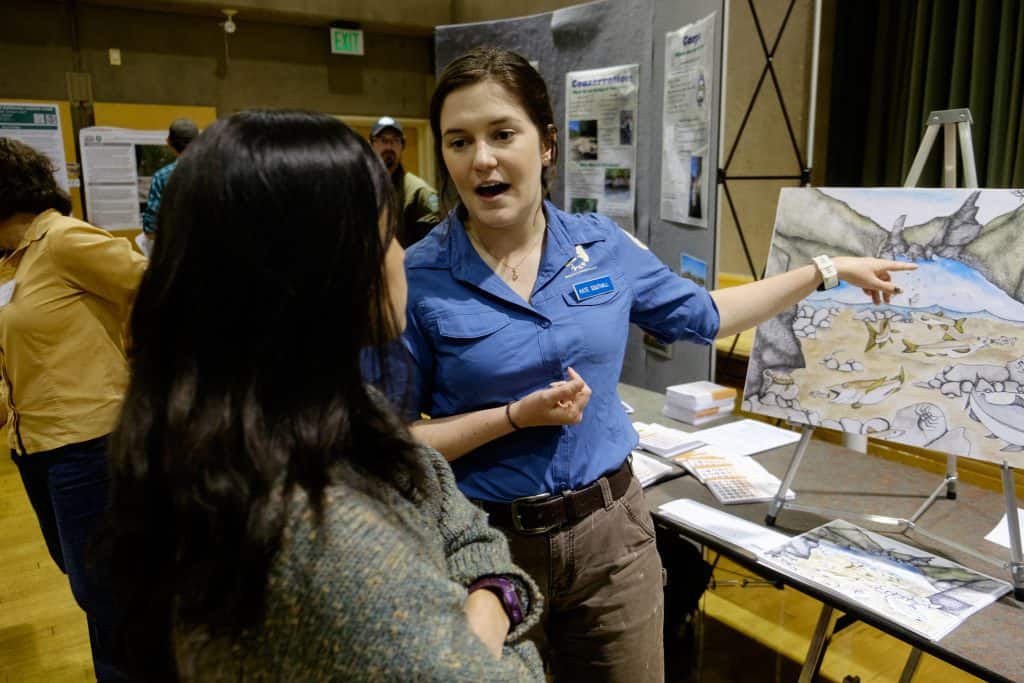
Strengthening America’s civic spirit
AmeriCorps service not only helps combat the dip in community engagement in America now but also increases future volunteering. In fact, there’s strong evidence that serving in AmeriCorps boosts alumni’s engagement in their respective communities after their service, whether they choose to stay in their service community or make a new home elsewhere.
All AmeriCorps programs administer pre- and post-surveys to their members, which gauge member’s skills and experiences, their expectations and reflections on service, and their attitudes towards community and political involvement.
An AmeriCorps Alumni Outlines study using these surveys found that “[alumni] respondents were more likely to engage in all community service activities asked about in the survey post-AmeriCorps compared to pre-AmeriCorps.”
Additionally, there was a “positive effect seen on sense of community, cultural competency and measures of self-efficacy” between the before and after surveys. AmeriCorps alumni leave their service with valuable experience working in diverse environments and feeling empowered to act in their communities.
AmeriCorps alumni also engage more actively in the political process and with community organizations than those who never served in AmeriCorps, with 94 percent of alumni registered to vote in 2016. Compare that to the general population, where 76 percent of America’s 65 to 74 year olds are registered to vote, the highest number of any age class.
Perhaps most impactfully, 79 percent of post-survey respondents said they planned to get involved in their communities after service, compared to just 47 percent in the pre-survey. Finally, 72 percent of AmeriCorps alumni follow through on that promised to volunteer in their communities after their service commitments.
These statistics demonstrate the power of service programs to cultivate a civic ethic and empower people to take action in their communities.

A holistic and transformational experience
Enrolling youth in programs that expose them to new places and cultures, engage them in meaningful work alongside fellow members, and support positive skill building and training makes a meaningful difference in people’s lives — and extends far beyond their term of service.
Being in AmeriCorps exposes you to the diverse worlds of nonprofit and local and regional governments, and often means interfacing with the public at events, educating youth and adults in a variety of settings, and collaborating with organizations in the communities in which you live and serve.
On Cape Cod, members in my year taught activity-based watershed educational curriculum to elementary school children across the county, assisted the International Fund for Animal Welfare (IFAW) with dolphin rescues, built and maintained trails in conjunction with land trusts, shared community dinner at a local church, volunteered at local wildlife rehabilitation centers, and assisted with catering a fundraising dinner for Hurricane Maria in Puerto Rico.
On and off the clock, we were embedded in our community, learning about the place we called home together for those 11 months.
This broad array of experiences is another reason why young people should do AmeriCorps — it exposes you to a wide world of career paths, volunteer opportunities, community events, not to mention amazing people.
Choosing peaceful domestic service is a viable pathway to network and explore career options without going all-in on expensive degrees or launching straight away into a full-time gig.
The service experience is an environment that is ripe for young people to experiment with what they want their lives and careers to be. It should come as no surprise, then, that 8 out of 10 alumni say that AmeriCorps assisted in navigating their career pathway.
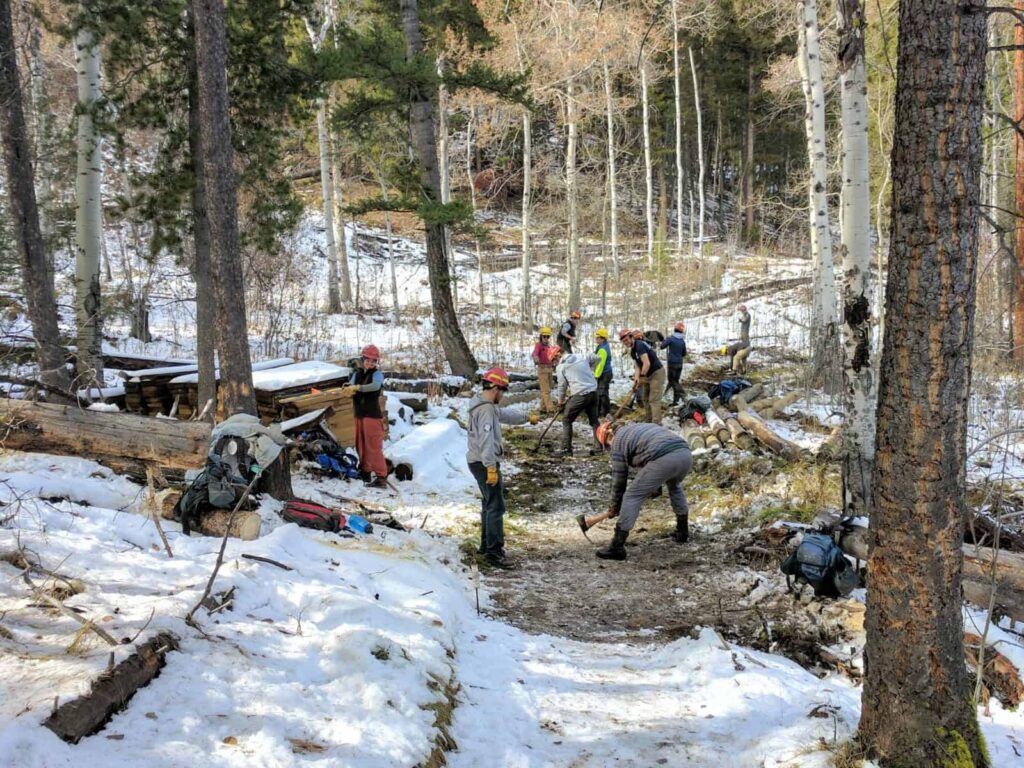
Training the community leaders of tomorrow
AmeriCorps programs also serve as pipelines to train local leaders and future mentors in conservation, emergency management, or other fields. California’s Watershed Stewardship Program (or WSP, a program that I was a member of), which pairs budding fisheries and natural resource professionals, most of whom are fresh out of college, with established scientists and resource managers, many of whom are WSP alumni.
These service programs provide pathways into specialized careers, whether it’s in forestry or ecological restoration, education and youth development, or in fundraising and development in the nonprofit sector.
Many of the people who serve end up sticking around in communities they may not have moved to without the pull of AmeriCorps — places like St. Louis, Missouri, the outer portions of Cape Cod, or far northern California (all places I personally served) — where they become the next generation of managers and policymakers.
The benefits of training and retaining these networks of AmeriCorps alumni in service communities is astronomical, and current service members benefit immensely from having mentors with shared experiences.
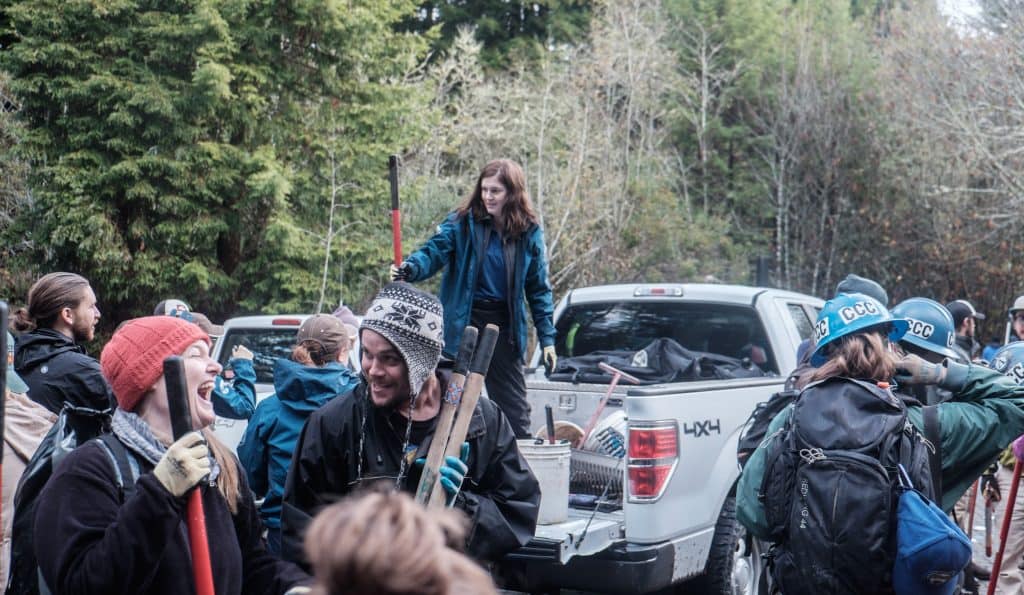
Taking the leap towards community service
As a proud, multi-term AmeriCorps alumnus myself, I cannot recommend the program highly enough to people young and old alike.
Serving afforded me the opportunity to build new skills in natural resource management, try my hand at such divergent aims as shellfishing, environmental education, prescribed fire, and salmon monitoring, and live and serve in some of America’s most beautiful places with some truly incredible people.
For those considering joining AmeriCorps or a similar service, whether it’s just for a summer or a full year, I urge you to take the leap of faith. You likely won’t regret it.
And for those holding the proverbial purse strings — I implore you to increase funding for AmeriCorps service programs, lifting stipends and boosting the number of AmeriCorps members of all ages serving their communities across America.
